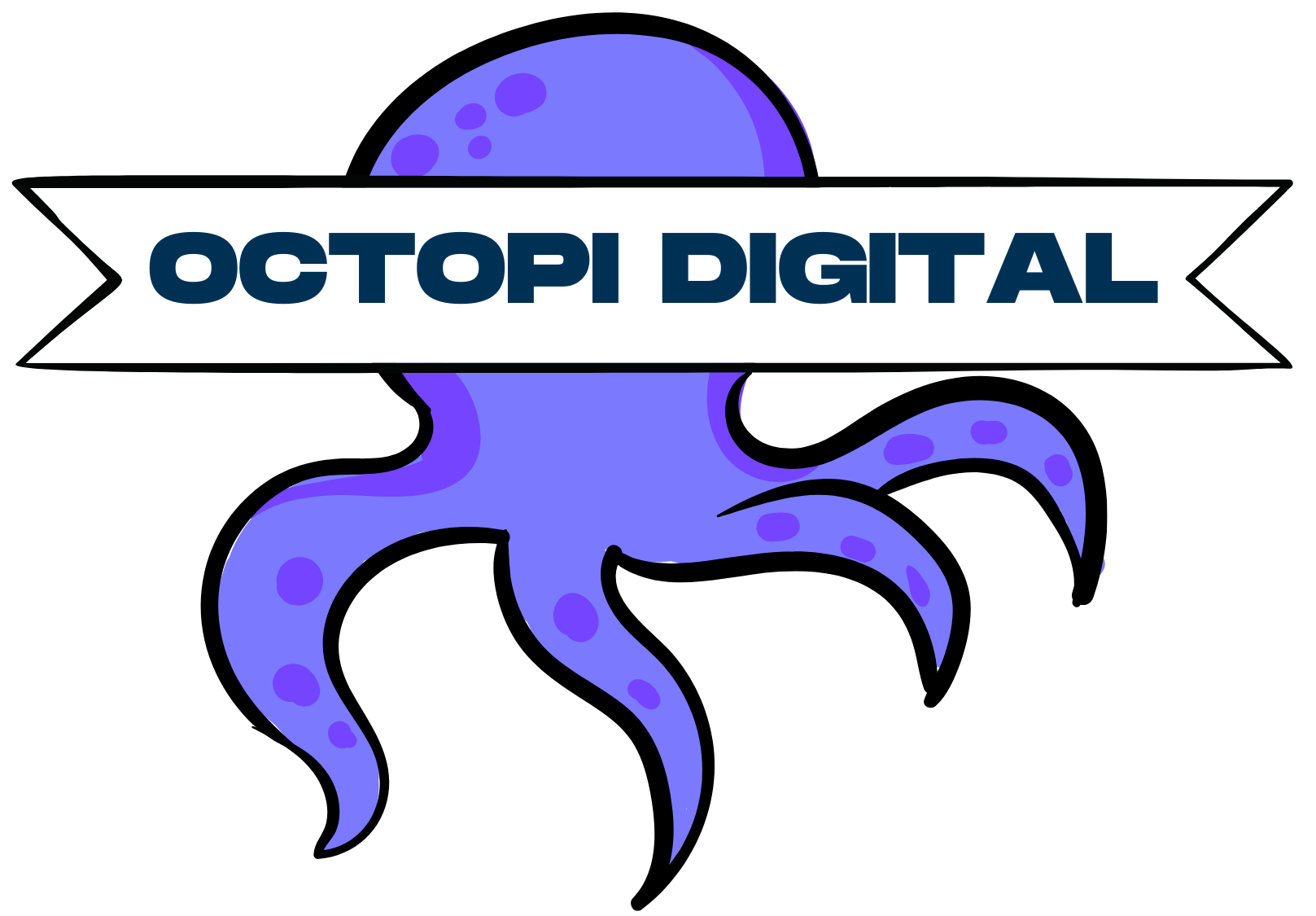Building a CRM with Django: What You Need to Know
Are you a small business looking for a way to manage customer relationships? Or perhaps you’re a software developer looking for a tool to build a CRM for your clients? Whatever your needs, using Django to build a CRM is an excellent choice.
Django is an open-source web framework written in Python. It’s designed to help developers create complex web applications quickly and easily. With Django, you can quickly create a CRM that’s tailored to your business’s needs.
Benefits of Using Django for Your CRM
When it comes to creating a CRM, there are a few advantages to using Django. The first is that Django is an open-source framework, meaning it’s free to use and modify. This makes it ideal for small businesses that don’t have the budget for a paid solution. Additionally, Django is highly customisable, allowing you to tailor the CRM to your specific needs.
Another benefit of using Django is that it’s written in Python. Python is a popular language and is used widely in the software development industry. This means that it’s easy to find experienced developers with Python experience, which makes it easier to find help with building or maintaining your CRM.
Getting Started with Django
Before you can begin building your CRM, you’ll need to install Django. This can be done easily with pip, the Python package manager. Once you’ve installed Django, you’ll need to set up a database. This can be done with Django’s built-in database migrations.
Next, you’ll need to create the models for your CRM. This is where you’ll define the data structures that will be used in your CRM. Models are written in Python and are stored in a file called models.py. Once you’ve defined the models, you’ll need to add them to the database. This can be done with Django’s built-in migration system.
Building the Views and URLs
Once you’ve defined the models and added them to the database, you’ll need to create the views and URLs for your CRM. Views are the pages that will be displayed when a user visits your site, and URLs are the addresses of those pages. Views can be written in HTML or a templating language like Jinja. URLs are written in Python and are stored in a file called urls.py.
Once you’ve created the views and URLs, you’ll need to add them to the Django project. This can be done with the Django admin panel. Once the views and URLs have been added, you’ll be able to access them from the web.
Testing and Optimizing Your CRM
Once you’ve built your CRM, you’ll need to test it to ensure that it works as intended. Django comes with a built-in testing framework that makes it easy to test your CRM. You can also use a tool like Selenium to automate the testing process.
Finally, you’ll need to optimize your CRM for SEO. This can be done by creating content that’s optimized for search engines and by ensuring that the URLs are SEO-friendly. Additionally, you can use Django’s built-in sitemaps to make it easier for search engine bots to crawl your CRM.
Conclusion
Building a CRM with Django is an excellent choice for small businesses and developers alike. It’s an open-source framework that’s free to use and modify, and it’s written in Python, which is popular among developers. Additionally, Django is highly customisable, allowing you to tailor the CRM to your specific needs. With the right tools and knowledge, you can quickly create a CRM that meets your business’s needs.
